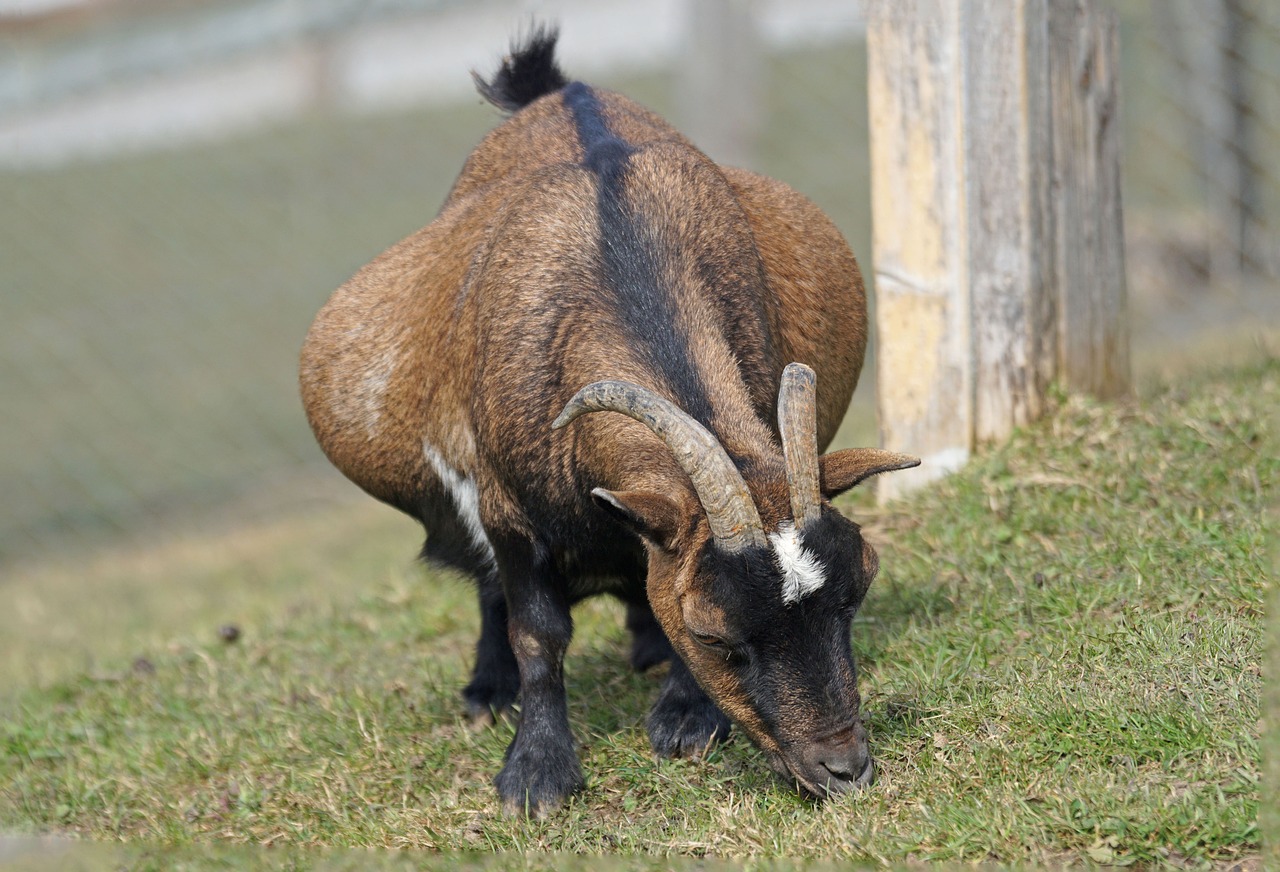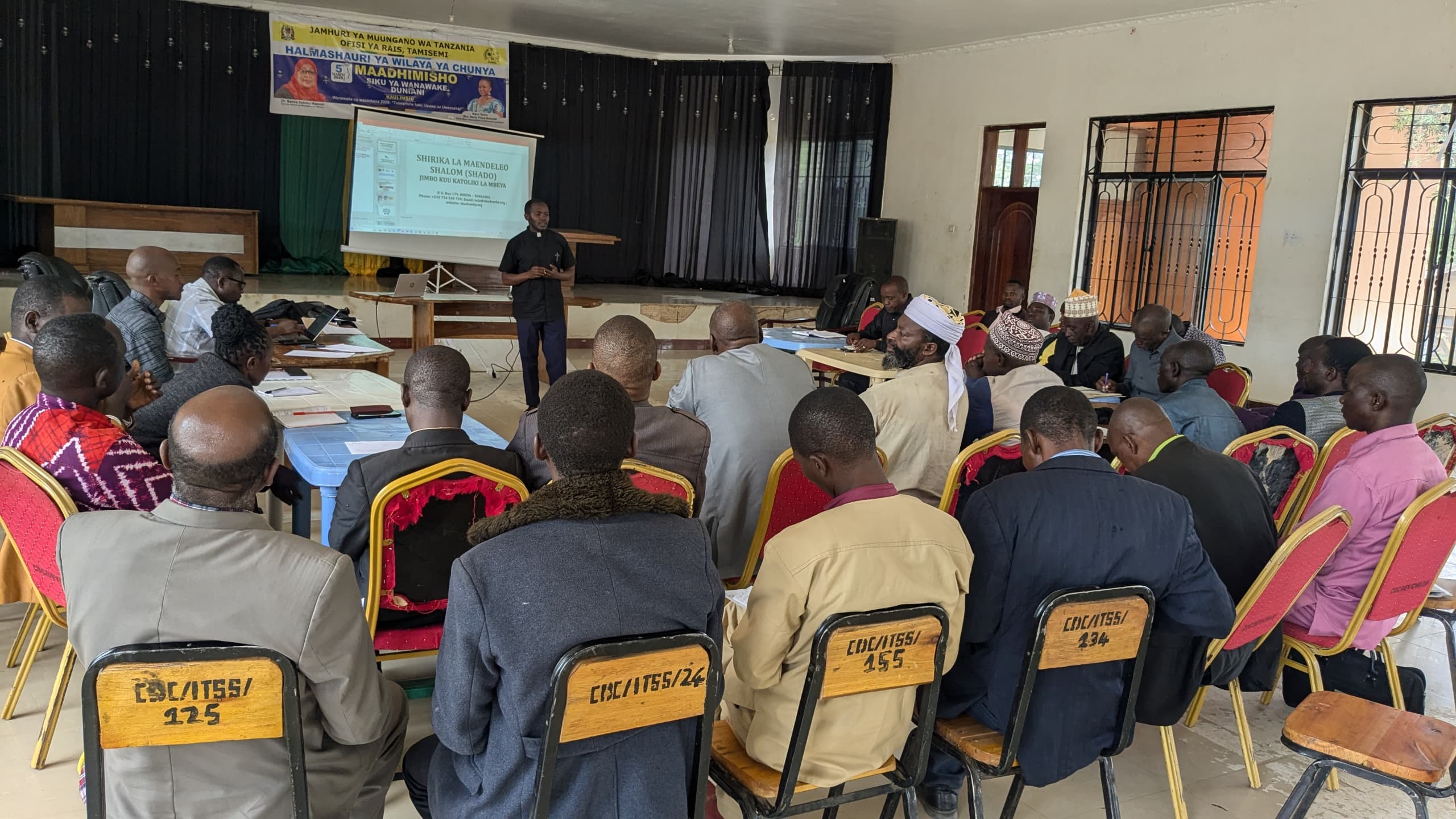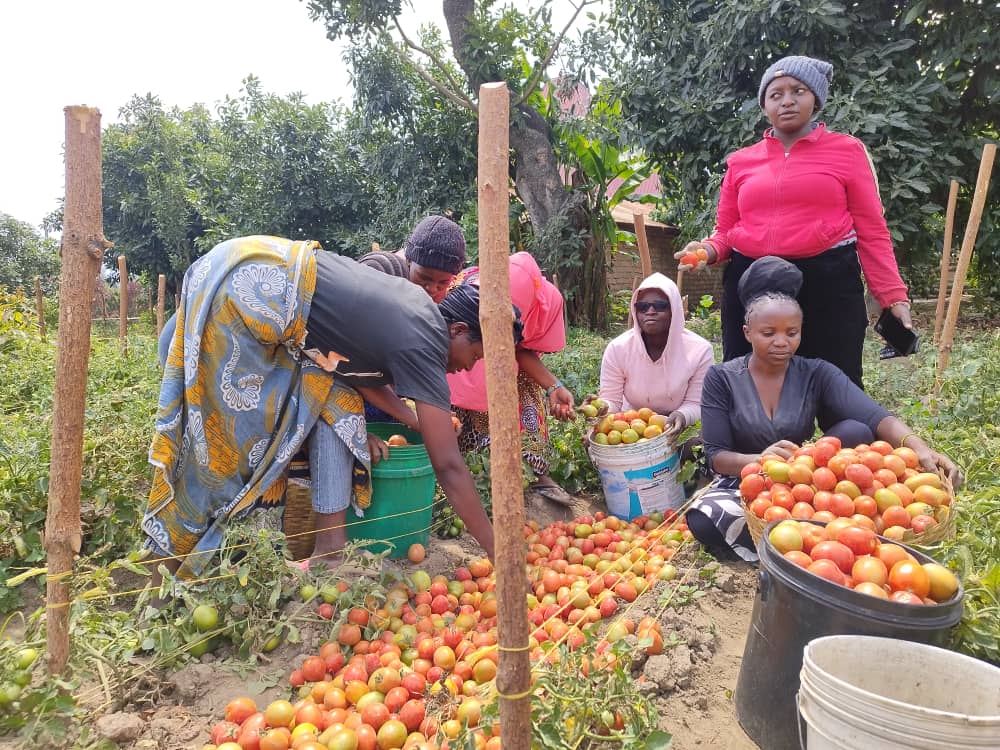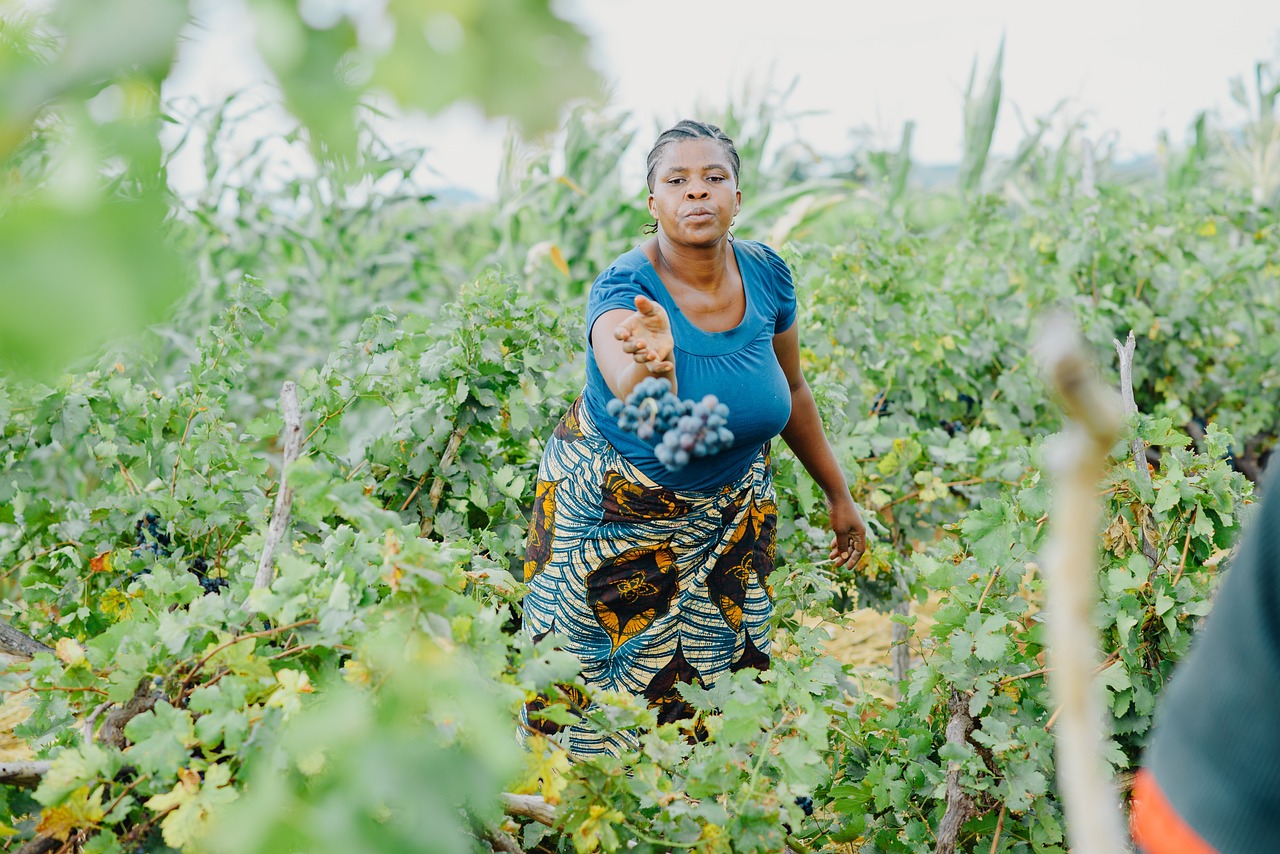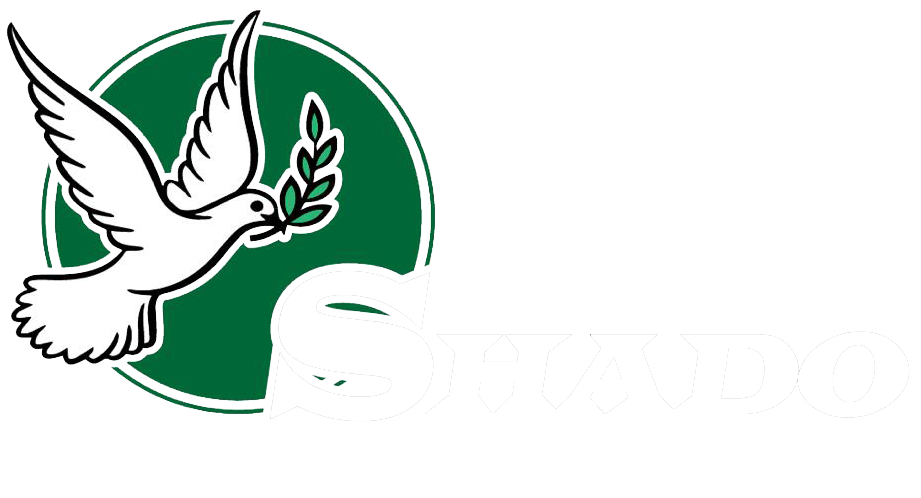Introduction:
In many regions around the world, including Africa, livestock keeping is an integral part of the local economy and culture. Among the various livestock options, goats have emerged as a valuable and versatile asset. Goat livestock keeping not only provides sustenance and income but also offers numerous benefits to communities, especially in rural areas. In this blog post, we will explore the significance of goat livestock keeping, its transformative impact, and how it empowers communities to achieve sustainable development.
- Goats: A Valuable Livestock Option:
- Goats are a resilient and adaptable livestock species that thrive in diverse environments, making them ideal for rural communities. They have several advantages over other livestock options:
a) Multipurpose Animals: Goats serve multiple purposes, providing meat, milk, and fiber. This versatility makes them valuable assets for food security, nutrition, and income generation.
b) Low Input Requirements: Goats are relatively low-cost animals to raise and maintain. They can efficiently graze on natural vegetation and are less dependent on expensive feeds and inputs compared to other livestock.
c) Reproductive Efficiency: Goats have high reproductive rates, with shorter gestation periods and frequent breeding cycles. This allows for rapid herd expansion and increased productivity.
d) Adaptability to Harsh Environments: Goats are well-suited for harsh climates and challenging terrains. They can browse on a wide range of vegetation, including shrubs and bushes, which makes them resilient in areas with limited grazing resources.

- Economic Empowerment and Livelihoods:
- Goat livestock keeping has the power to transform communities and improve livelihoods in several ways:
a) Income Generation: Goats provide a source of income through the sale of meat, milk, and other products. They are often referred to as "walking bank accounts" due to their ability to generate regular income and serve as emergency funds in times of need.
b) Poverty Alleviation: Goat rearing offers opportunities for small-scale farmers and marginalized communities to lift themselves out of poverty. By selling surplus goats or goat products, families can generate income for essential needs, such as education, healthcare, and improved living conditions.
c) Women's Empowerment: Goat livestock keeping can particularly empower women in rural communities. Women often play a central role in goat rearing and management, giving them economic independence and decision-making power within their households and communities.
d) Diversification of Income Sources: By incorporating goat rearing into farming systems, communities can diversify their income sources, reducing dependency on a single agricultural activity. This helps in mitigating risks associated with crop failure or market fluctuations.
- Sustainable Agriculture and Environmental Benefits:
- Goat livestock keeping aligns with the principles of sustainable agriculture and offers environmental benefits:
a) Land Management and Ecosystem Services: Goats are effective grazers and browsers, helping to control weed growth and maintain biodiversity. They contribute to sustainable land management by reducing vegetation that can fuel wildfires and promote the growth of desired plant species.
b) Organic Fertilizer Production: Goat manure is a valuable organic fertilizer that enhances soil fertility and improves crop yields. This reduces the dependency on chemical fertilizers, making goat rearing an environmentally friendly practice.
c) Climate Change Resilience: Goats are well-suited to adapt to climate change, as they can withstand extreme weather conditions and utilize diverse forage resources. Their presence in agricultural systems promotes resilience and sustainability in the face of climate variability.
- Community Development and Social Impact:
- Goat livestock keeping has a profound social impact on communities:
a) Food Security and Nutrition: Goat meat and milk provide valuable sources of protein and essential nutrients, contributing to improved nutrition and food security. This is especially crucial in regions where access to diverse food sources is limited.
b) Health and Healthcare: Goat milk is highly nutritious and beneficial, particularly for children and vulnerable populations. It helps combat malnutrition and provides a source of income for families to access healthcare services and improve overall well-being.
c) Education and Empowerment: Income generated from goat rearing can be invested in education, enabling children to attend school and break the cycle of poverty. Education empowers individuals to acquire knowledge, skills, and opportunities for a brighter future.
d) Social Cohesion and Cultural Preservation: Goat livestock keeping is deeply rooted in the cultural heritage of many communities. It fosters social cohesion, strengthens community bonds, and preserves traditional practices and knowledge for future generations.

- Best Practices and Support for Goat Livestock Keeping:
- To ensure the success and sustainability of goat livestock keeping, it is crucial to implement best practices and provide support to communities:
a) Training and Capacity Building: Providing training and technical assistance to farmers on goat management, breeding, nutrition, and healthcare is essential. This empowers them with the knowledge and skills to raise healthy and productive goat herds.
b) Access to Quality Breeding Stock: Access to quality breeding stock, such as improved goat breeds, helps improve the productivity and genetic potential of the herd. This can be facilitated through breeding programs, partnerships with livestock extension services, or community-based breeding initiatives.
c) Veterinary Care and Disease Management: Ensuring access to veterinary services and promoting good animal health practices is critical for the well-being and productivity of goats. Regular vaccinations, deworming, and disease prevention measures are essential components of successful goat rearing.
d) Market Access and Value Addition: Creating market linkages and supporting value addition activities enable farmers to fetch higher prices for goat products. This can involve establishing cooperatives, facilitating market connections, and promoting goat milk processing, meat processing, and goat by-product utilization.
e) Policy and Institutional Support: Governments and relevant institutions play a vital role in creating an enabling environment for goat livestock keeping. This includes formulating policies that support small-scale farmers, providing infrastructure, and promoting research and development in the livestock sector.
Conclusion:
Goat livestock keeping offers tremendous potential for empowering communities, improving livelihoods, and fostering sustainable development. Its economic, environmental, and social benefits make it a valuable asset for rural communities in Africa and beyond. By promoting best practices, providing support, and recognizing the significance of goat rearing, we can empower communities to harness the potential of goats as a pathway to prosperity and resilience. Let us embrace the power of goat livestock keeping and work together to build sustainable and thriving communities where both humans and animals can thrive.
